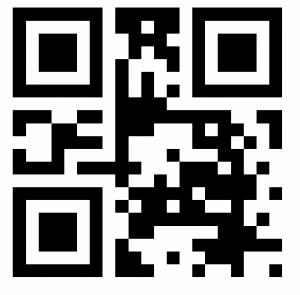What is the full form of QR Code
What is the full form of QR Code
QR Code: Quick Response Code
QR Code stands for Quick Response Code. It is a type of matrix barcode (or two-dimensional barcode) first designed in 1994 for the automotive industry in Japan.
A barcode is a machine-readable optical label that contains information about the item to which it is attached. In practice, QR codes often contain data for a locator, identifier, or tracker that points to a website or application. A QR code uses four standardized encoding modes (numeric, alphanumeric, byte/binary, and kanji) to store data efficiently; extensions may also be used.
A barcode is a square or rectangular image consisting of a series of parallel black lines and white spaces of varying widths that can be read by a scanner. Barcodes are applied to products as a means of quick identification. They are used in retail stores as part of the purchase process, in warehouses to track inventory, and on invoices to assist in accounting, among many other uses.
The code uses a sequence of vertical bars and spaces to represent numbers and other symbols. A bar code symbol typically consists of five parts: a quiet zone, a start character, data characters (including an optional check character), a stop character, and another quiet zone.

The Quick Response system became popular outside the automotive industry due to its fast readability and greater storage capacity compared to standard UPC barcodes. Applications include product tracking, item identification, time tracking, document management, and general marketing
Advantages of QR code
- It stores a large volume of data
- It can be scanned from a screen or from a paper
- It can be read even if part of the code is damaged
- It’s safer because information can be encrypted